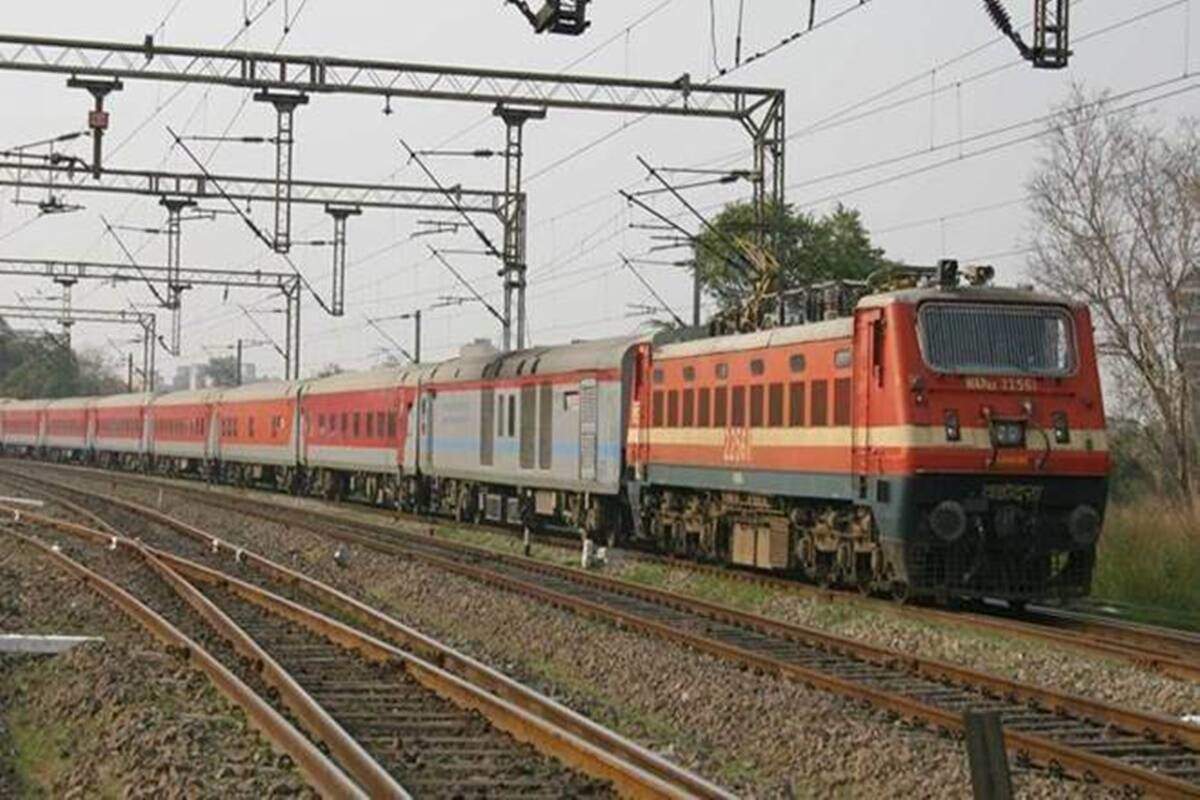Indian Railways on the wrong track!
Is the national transporter going the Air India way?

While the post-coronavirus normal calls for maximising resource utilisation and accelerating asset velocity, the Railways has, of late, operated in the reverse gear; the productivity/efficiency indices of its high-tech, high-value assets have been ominously declining amidst stagnant traffic throughput, engendering fears of pricey assets becoming chronic under-performing assets
The Indian Railways (IR) seems impervious to Micawber’s celebrated aphorism, “Annual income twenty pounds, annual expenditure nineteen nineteen and six, result happiness. Annual income twenty pounds, annual expenditure twenty pounds ought and six, result misery”. As IR continues to live far beyond its means, it inexorably veers towards eventual misery. Caught in a low incremental-growth trap, it continues to ignore ominous portents of ending up on the path that the beleaguered Air India went down. Once a real Maharaja airline, the national airline now suffers the ignominy of being a failed entity.
Looking at IR’s 0.29% rate of return on capital in 2019-20, how else can one think of its future! Ere the Covid-19 onslaught, say, during six years (2014-15 to 2019-20), its freight lifting recorded a dismal 1.65% CAGR (1,095 million tonnes, or mt, in 2014-15 and 1,208 mt in 2019-20), and its net tonne-kilometre registering a growth of just 0.63% (682 billion tonne-kilometre, or btkm, in 2014-15 and 708 btkm in 2019-20). Passenger business fared even worse, clocking a negative 1.28% CAGR in number of rail travellers (8,224 million in 2014-15 versus 8,086 million in 2019-20) and a negative 2.45% in passenger-km (1,147 billion in 2014-15 versus 1,050 billion in 2019-20).
What is really worrisome is the Railways’ working expenses galloping unbridled, at more than twice the pace of its revenue receipts: The former rising at 2.92% in these six years (from Rs 144,179 crore in 2014-15 to Rs 171,31crore in 2019-20) and the latter at a 1.37% CAGR (from Rs 161,017 crore in 2014-15 to Rs 174,695 crore in 2019-20). Mind you, the contrived working spend in FY20 includes substantially truncated appropriation for pensions (only Rs 20,708 crore against the required Rs 48,350 crore) and DRF (a meagre Rs 400 crore).
Even prior to the pandemic crisis, IR’s finances were in dire straits. What now looks to be a familiar pattern, and as CAG outlined, IR resorts to considerable window-dressing to register a somewhat less frightening operating ratio OR). The budget documents reveal that, with required appropriation to Pension Fund, the OR would be 114.19% in 2019-20 and 131.49% in 2020-21 RE. Railways has been bailed out with a special loan of Rs 79,398 crore from General Revenues, as Budget papers explain, for Covid-related resource gap in the current year (FY21), when its revenue from freight is expected to yield Rs 124,184 crore against budgeted amount of Rs 147,000 crore, and passengers only Rs 15,000 crore versus the BE of Rs 61,000 crore.
Any enterprise like IR would certainly need adequate investment. Over the last few years, investments have come aplenty. IR’s total capital expenditure was Rs 148,065 crore in 2019-20, rising to Rs 161,692 crore (RE) in 2020-21, further to (highest-ever) Rs 215,058 crore (FY22 B.E.) Investment funds carry high cost owing to increasingly higher capex share through extra-budgetary resources/market borrowings. The Railways’ own funds have, for the last few years, aggregated at below 3% of the total capex.
While a mandatory ingredient of the post-coronavirus normal will be maximising resource utilisation and accelerating asset velocity, IR has, of late, operated in reverse gear; the productivity/efficiency indices of its high-tech, high-value assets has been ominously declining amidst stagnant traffic throughput, engendering fears of pricey assets becoming chronic UPAs (under-performing assets) as the accompanying graphic shows.
In medicine, it is standard practice to determine the cause of a malady before prescribing a cure. IR’s ills are as multifarious as they are well-known: bureaucratic, obese structure with a misconceived perception of public-service-obligation, warped investment priorities, ‘empire-building’ by departments, capacity crunch on arterial routes, strained terminals, irrational fare & freight structures. Notwithstanding due diagnoses of IR’s ailments, it has steadily spurned suggested remedies.
IR has continued to lose share in the nation’s freight and passenger market. Its capacity crunch has been endemic; enhanced capacity alone would not be able to protect or enhance its share in nation’s transport market. As the country’s growing transport market changes in character, the key demands would be an integrated multi-modal ‘whole journey’ service. Its passenger business strategy needs to aggressively target inter-city travel segment as its core business currently served by some 4,000 trains daily, addressing the acute shortage in supply of such services, substantially upgrading and accelerating them with modern pre-board and on-board services. Simultaneously, it must stoutly move out of non-suburban ‘Ordinary Second Class’ segment; around 3,700 daily trains, now with average lead of less than 70 km, are the worst offenders on loss making and devouring scarce capacity.
Hailing the National Rail Plan as a formula to create a ‘future ready’ railway system by 2030, the finance minister emphasised the objective of “bringing down the logistic costs for our industry”. Effective measures need to be taken to contain costs, including the staff costs. IR’s budgeted wage bill for FY22, at Rs 93,676 crore, and a further Rs 54,000 crore for pensions, account for unsustainable 70.8% of working expenses.
Source: Financial Express
